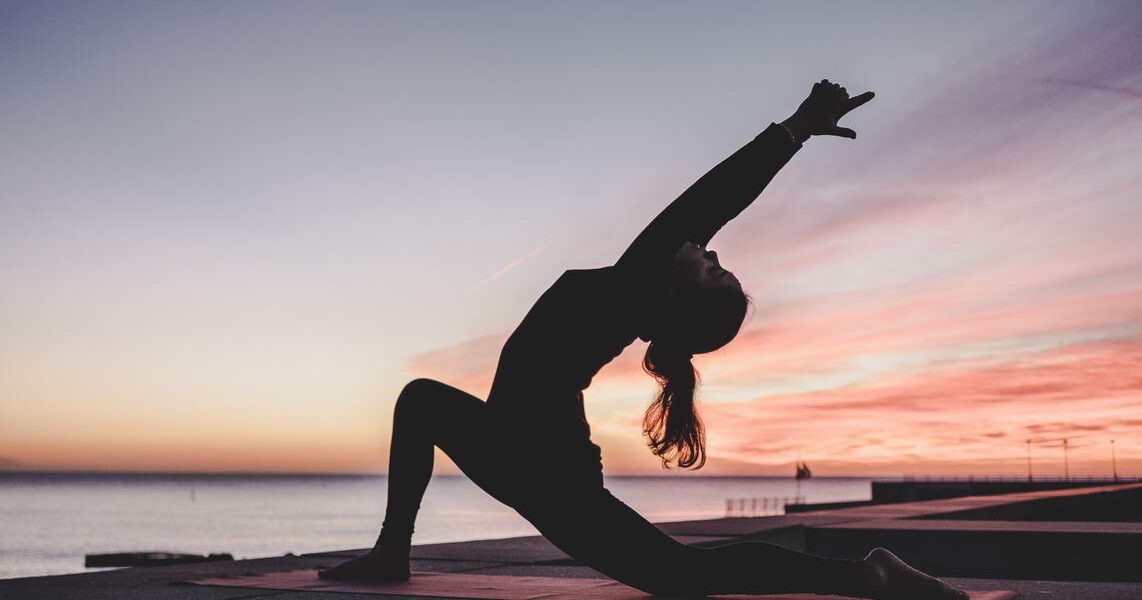Yoga for Beginners – FAQs 1
Yoga, an ancient practice originating in India, has gained immense popularity worldwide for its holistic benefits to the mind, body, and spirit. For beginners, stepping onto the yoga mat can be both exciting and daunting. This article aims to demystify yoga for novices, offering insights into its foundational principles, the physical and mental health benefits, and practical tips for getting started. Whether you seek to enhance your flexibility, reduce stress, or simply explore a new avenue of wellness, yoga provides a gentle yet powerful journey towards a more balanced and mindful lifestyle. Join us as we guide you through the essentials of yoga for beginners, setting you on a path to discovering your inner peace and physical vitality.
Explore Meditation Retreats & Wellness Retreats
Explore Yoga Retreats with Tejomaia.com
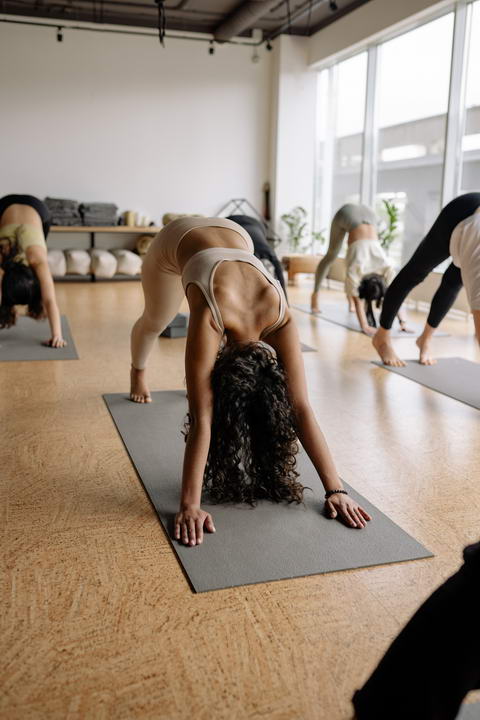
How to start yoga for beginners?
Starting yoga as a beginner is an accessible and rewarding journey. Begin by finding a quiet, clutter-free space where you can comfortably practice. Invest in a yoga mat, and if possible, gather props like blocks and straps to assist with poses. Next, seek out beginner-friendly yoga classes either online or in your community. Look for instructors who provide clear guidance and offer modifications for beginners. Focus on your breath, syncing it with movement to cultivate mindfulness throughout your practice. Start with gentle poses, gradually building up to more challenging ones as you gain strength and flexibility. Listen to your body, honoring its limitations and modifying poses as needed to suit your comfort level. Consistency is key, so aim to practice regularly, even if it’s just for a few minutes each day. Approach your practice with patience, curiosity, and an open mind, embracing the journey of self-discovery and growth that yoga offers.
How difficult is yoga for beginners ?
Yoga can be both accessible and challenging for beginners, depending on individual factors such as fitness level, flexibility, and prior experience with physical activity. Many yoga classes cater specifically to beginners, offering slower-paced sequences with detailed instructions on alignment and breathing. These classes provide a supportive environment for newcomers to learn the fundamentals of yoga poses (asanas) and basic breathing techniques (pranayama). While some poses may initially feel challenging, modifications and props are often available to make them more accessible. As beginners progress in their practice, they may gradually build strength, flexibility, and confidence, allowing them to explore more advanced poses and practices over time. The key is to approach yoga with patience, curiosity, and a willingness to listen to one’s body. With consistent practice and an open mindset, beginners can experience the many physical, mental, and emotional benefits of yoga while gradually increasing their skill level and comfort on the mat.
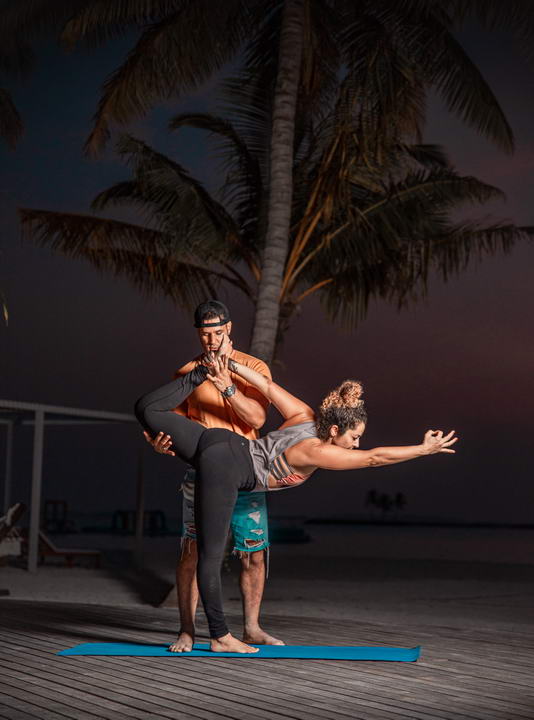
What is the best advice for a beginner in yoga?
The best advice for a beginner in yoga is to approach your practice with an open mind, patience, and self-compassion. Remember that yoga is a journey, not a destination, and progress comes with consistent effort and practice. Focus on cultivating awareness of your breath, body, and mind during each practice, rather than striving for perfection in poses. Listen to your body’s cues and honor its limits, avoiding comparison with others and pushing yourself beyond your comfort zone. Be curious, explore different styles and teachers, and find what resonates with you. Most importantly, practice self-care and kindness towards yourself, embracing the ups and downs of your yoga journey with acceptance and gratitude. As you continue to deepen your practice, trust in your own inner wisdom and intuition to guide you on your path to growth and self-discovery.
Is yoga easy for beginners?
For many beginners, yoga can feel both accessible and challenging. While certain aspects of yoga, such as breathing techniques and relaxation, may be relatively easy to grasp, mastering the physical postures (asanas) can take time and practice. However, yoga classes specifically tailored for beginners typically offer gentle and straightforward sequences with clear instructions, making them suitable for those new to the practice. Additionally, modifications and props are often provided to help beginners adapt poses to their individual abilities and limitations. While some poses may initially feel challenging, beginners are encouraged to listen to their bodies, take breaks when needed, and progress at their own pace. With consistent practice and patience, beginners can gradually build strength, flexibility, and confidence, making yoga an enjoyable and rewarding journey of self-discovery and growth.
How long does it take to do yoga for beginners?
For beginners, the duration of a yoga practice can vary based on individual preferences, goals, and schedule. While some beginners may start with shorter sessions lasting around 15 to 30 minutes to gradually build strength, flexibility, and familiarity with poses, others may prefer longer sessions ranging from 45 minutes to an hour or more for a more comprehensive practice. It’s essential for beginners to listen to their bodies and choose a duration that feels comfortable and sustainable for them. Starting with shorter sessions and gradually increasing duration as strength and stamina improve can help prevent injury and avoid overwhelm. Additionally, consistency is key, so establishing a regular practice schedule, whether it’s daily, a few times a week, or weekly, can help beginners experience the benefits of yoga more effectively over time. Ultimately, the most important thing is to approach yoga with an open mind, patience, and a willingness to learn and grow with each practice session.
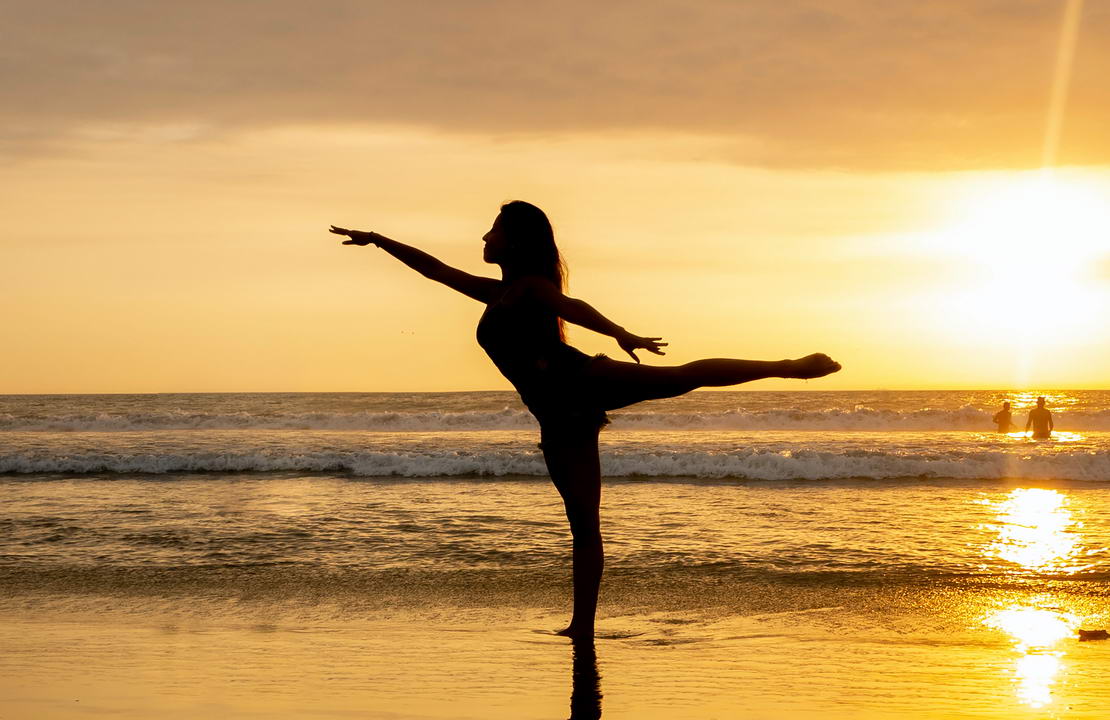
What type of yoga should a beginner start with?
For beginners, a good starting point for yoga is Hatha yoga. Hatha yoga is a gentle and foundational style that focuses on basic yoga poses (asanas) and breathing techniques (pranayama). It typically involves holding poses for a few breaths, allowing beginners to build strength, flexibility, and body awareness at a comfortable pace. Hatha classes often provide detailed instructions on alignment and offer modifications to accommodate different levels of flexibility and fitness. Another beginner-friendly option is beginner-level Vinyasa or “flow” yoga classes, which offer a more dynamic practice while still catering to beginners’ needs. These classes typically involve linking breath with movement and offer a variety of poses in a flowing sequence. Restorative yoga is also suitable for beginners, as it involves gentle poses supported by props to promote relaxation and release tension. Ultimately, the best type of yoga for a beginner depends on individual preferences, goals, and any specific health considerations. It’s essential to explore different styles and find one that feels comfortable and enjoyable for you.
What are the best yoga poses for beginners?
For beginners, several yoga poses offer a gentle introduction to the practice while providing foundational benefits. Mountain Pose (Tadasana) establishes proper alignment and posture, while Downward Facing Dog (Adho Mukha Svanasana) stretches the entire body and builds strength. Warrior I (Virabhadrasana I) and Warrior II (Virabhadrasana II) enhance strength, balance, and flexibility in the legs and hips. Child’s Pose (Balasana) offers a restful stretch for the spine, hips, and shoulders, while Cat-Cow Pose (Marjaryasana-Bitilasana) improves spinal flexibility and releases tension. Bridge Pose (Setu Bandhasana) strengthens the back, glutes, and legs while opening the chest and shoulders. Finally, Corpse Pose (Savasana) promotes relaxation and integration of the benefits of the practice. These poses provide a well-rounded introduction to yoga, focusing on building strength, flexibility, and body awareness in a safe and accessible manner for beginners.
Can you do yoga at home as a beginner?
Absolutely! Practicing yoga at home as a beginner is not only possible but also beneficial. There are numerous resources available online, including beginner-friendly videos, apps, and websites, that can guide you through basic poses and sequences. Start with simple poses, focus on proper alignment, and pay attention to your breath. It’s also helpful to establish a dedicated space for practice, free from distractions. Remember to listen to your body, take breaks as needed, and gradually build up your practice over time. Practicing at home allows you to go at your own pace and explore yoga in a comfortable environment, making it an excellent option for beginners.
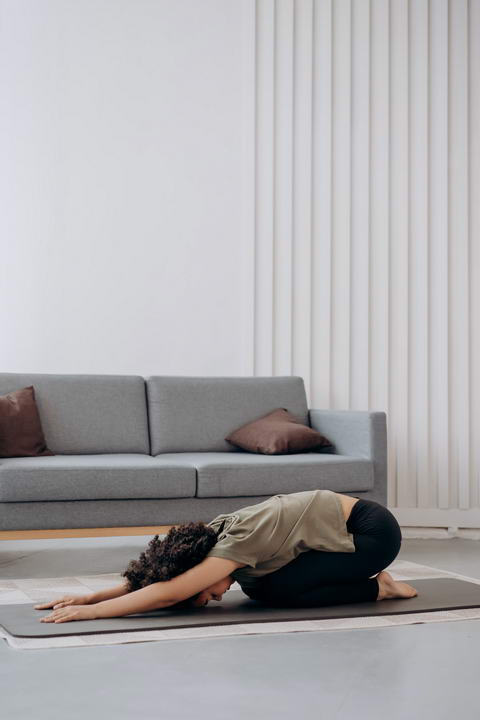
What do I need as a beginner of yoga?
For yoga practice, you’ll need a few basic items to enhance comfort and support:
- Yoga Mat: Provides cushioning and traction for poses and helps define your personal space during class.
- Comfortable Clothing: Wear breathable, stretchy attire that allows for ease of movement and comfort.
- Water Bottle: Stay hydrated throughout your practice by having water nearby.
- Yoga Props (Optional): Props such as blocks, straps, blankets, and bolsters can assist in modifying poses and provide support as needed.
- Towel: A small towel can be handy for wiping away sweat or providing extra grip on your mat.
- Mindful Attitude: Approach your practice with an open mind, patience, and self-compassion, allowing yourself to fully experience the benefits of yoga.
Explore Meditation Retreats & Wellness Retreats
Explore Yoga Retreats with Tejomaia.com

